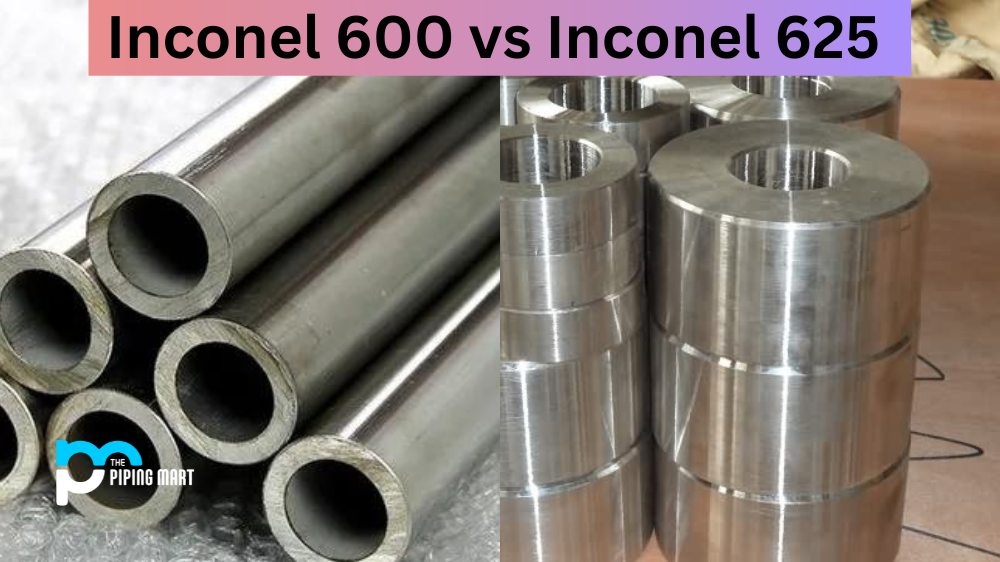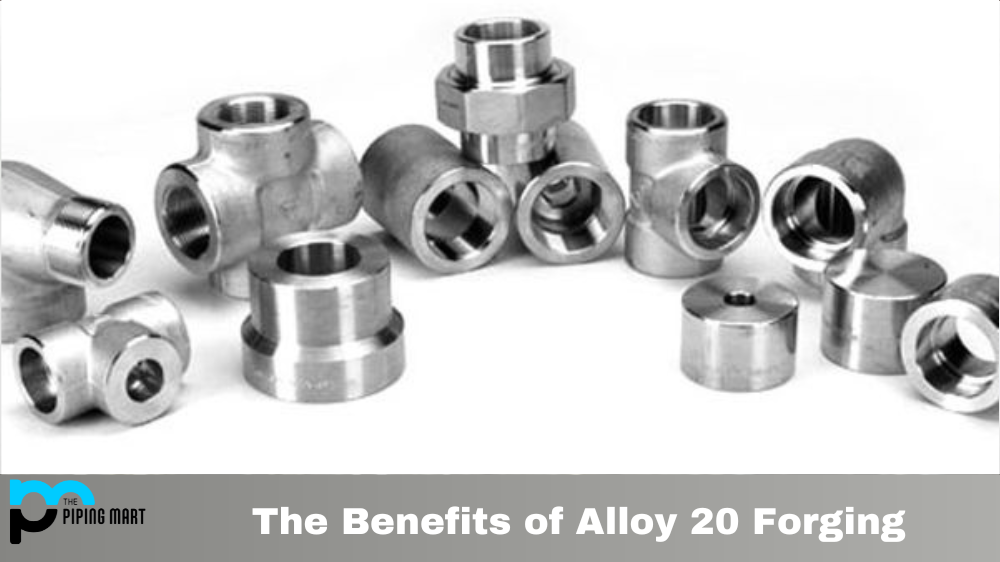Copper is one of the most versatile and important metals known to humankind. It has been used for thousands of years in various applications, from ornamental objects to electrical wiring. Among its different types, Type L copper is widely used in many industries due to its unique properties and cost-effectiveness. This blog post is all about Type L copper, covering its properties, uses, and benefits. Whether you are a copper industry professional or just a curious reader, this article has something for you.
What is Type L Copper?
Type L copper is a specific grade of copper tubing used for residential and commercial plumbing and heating systems. It is a high-quality copper alloy with a minimum copper content of 85% and a small amount of other metals like phosphorus, tin, and zinc. Type L copper tubing is commonly available in two sizes: half-inch and three-quarter inch, with different wall thicknesses. Type L copper is known for its excellent thermal conductivity, corrosion resistance, and ductility.
Properties of Type L Copper
Type L copper has several unique properties, making it a popular choice in plumbing and heating systems. One of its outstanding properties is its thermal conductivity, which means it can transfer heat quickly and efficiently. It also has good corrosion resistance, which can withstand harsh environments and resist rusting. Another essential property of Type L copper is its ductility, which can bend or deform without cracking or breaking. Additionally, Type L copper has excellent solderability, which can easily form a leak-free and reliable joint.
Uses of Type L Copper
Type L copper has many applications, primarily in the plumbing and heating industry. It is commonly used for hot and cold water supply lines and radiant heating systems. It is also used in fuel gas distribution, refrigeration, and air conditioning systems. Type L copper tubing is sometimes used in architectural applications, such as handrails and door handles, due to its aesthetic and corrosion-resistant properties. Type L copper is also used in electrical wiring, where copper conductors are preferred due to their conductivity and low resistance.
Benefits of Type L Copper
Type L copper has many benefits, including durability, reliability, and cost-effectiveness. It is a long-lasting material that can resist harsh environments and extreme temperatures without losing its properties. Type L copper is also an eco-friendly material that can be recycled and reused without losing its properties. Compared to other plumbing materials like steel and plastic, Type L copper is relatively affordable and easy to install, making it a top choice for many homeowners and contractors.
Maintenance Tips for Type L Copper
Regular maintenance is essential to maximize the lifespan and performance of Type L copper. It is recommended to clean and inspect Type L copper tubing regularly, especially in areas where hard water or acidic conditions are present. Copper can corrode when exposed to high levels of acid, so it is recommended to monitor the pH levels of the water in your pipes and treat them if necessary. Additionally, it is essential to protect Type L copper from physical damage and avoid exposing it to heat sources, which can cause deformations and leaks.
Conclusion:
Understanding Type L copper is essential for anyone involved in plumbing and heating systems and for homeowners looking for durable and efficient materials. Type L copper tubing is popular due to its excellent properties, including thermal conductivity, corrosion resistance, ductility, and solderability. It is widely used for water supply lines, heating systems, fuel gas distribution, and electrical wiring. Following proper maintenance practices, Type L copper can last years without losing its properties. It is a cost-effective and reliable choice for many applications, making it a top pick for homeowners and contractors.
Sakshee is a talented blogger, with a particular focus on the Business and Metal Industry. She is passionate about sharing her insights on various metal products and helping professionals to make a better decisions.




